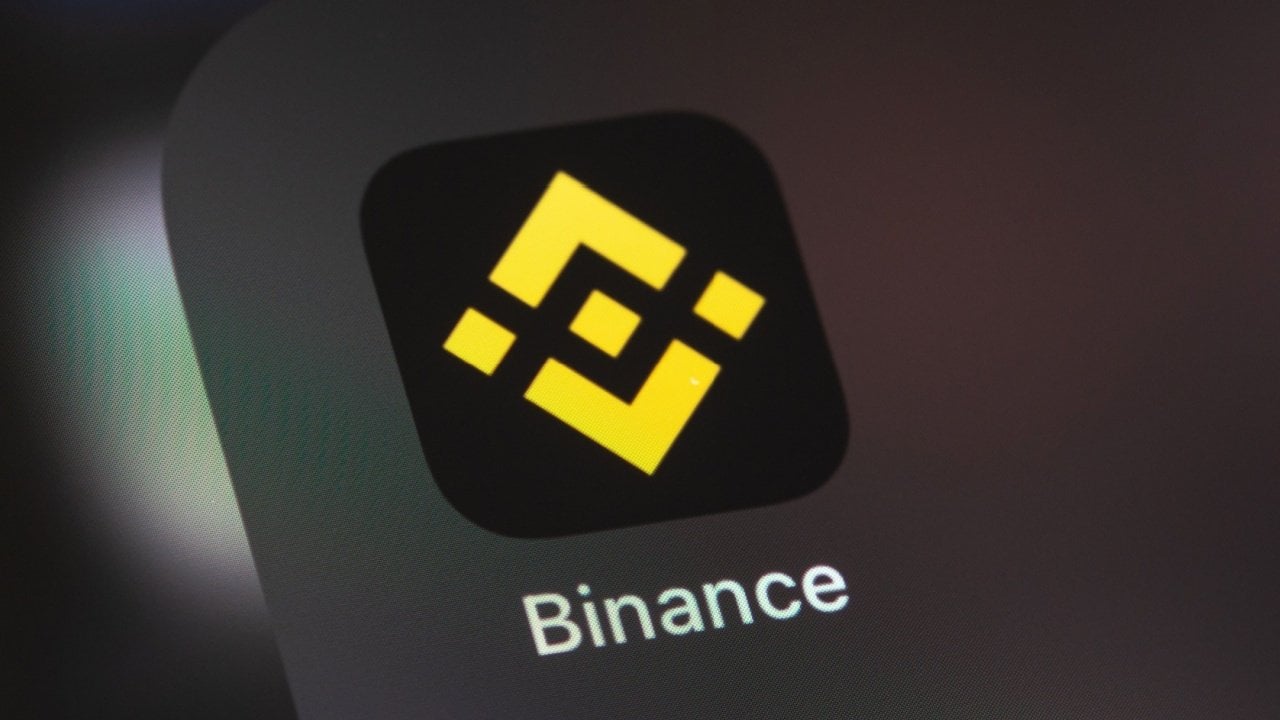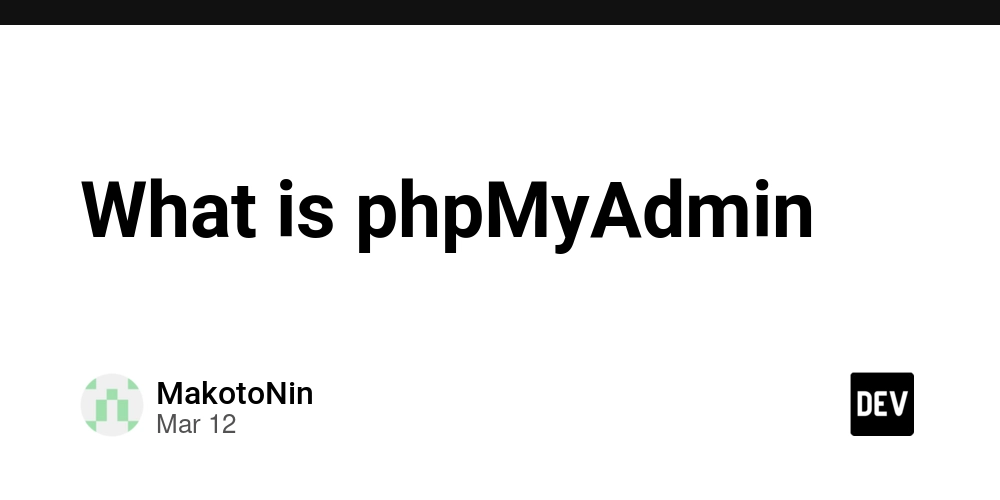Exploring Economic Models for Open Source Projects: A Deep Dive into Funding Innovation
Abstract: This post offers a comprehensive exploration of the economic models that underlie open source project funding. We revisit the historical evolution of open source development, describe various revenue streams such as donation-based approaches, corporate sponsorships, dual licensing, service-based revenues, and emerging blockchain and NFT monetization. We provide a deep analysis of the core concepts and features of each model, illustrate real-world use cases, examine inherent challenges, and finally outline the future outlook of open source funding. With a blend of technical insight and accessible language, this post is designed to help developers, investors, and enthusiasts navigate the evolving financial ecosystem of open source projects. Introduction Open source software (OSS) has transformed the world of software development by embracing principles of transparency, collaboration, and free exchange of ideas. Yet, behind the code and communal development lies an intricate web of economic models that drive sustainability and innovation. This post examines how projects fund themselves through donations, corporate sponsorship, dual licensing, service-based revenues, and even cutting-edge blockchain and NFT-driven monetization. As digital technology evolves, so does the need for sustainable economic strategies that support considerable development while upholding open source ethics. For more context on this subject, refer to the Exploring Economic Models for Open Source Projects article. Background and Context Historical Evolution Open source software emerged from the free software movement of the 1980s with pioneers who envisioned software as a shared resource—accessible to all and enhanced through collaboration. Initially driven by volunteers and a community spirit, these projects struggled with funding sustainability. Over the decades, as companies began to rely on open source to power their products, the need for robust financial models became obvious. This evolution gave birth to several commercialization techniques that maintain OSS without compromising its open ethos. Definitions and Ecosystem Open Source Software (OSS): Software with publicly available source code that anyone can study, modify, and distribute. Economic Models: The structured financial strategies that sustain OSS, including donation-based funding, corporate sponsorships, dual licensing, service-driven revenue, and decentralized funding through blockchain and NFTs. Central to this ecosystem are the licensing frameworks described in the Copyleft Licenses Ultimate Guide. Such licenses not only protect intellectual property but also provide a legal backbone that enables alternative revenue streams while ensuring community collaboration. Core Concepts and Features In this section, we detail the prominent funding strategies, highlighting their characteristics, benefits, and challenges. 1. Donation and Crowdfunding Models Features: Transparency: Donations are usually visible to the community, building trust. Community-Driven: Funding relies on the passion and participation of users. Variable Income: Revenues fluctuate based on community sentiment and external factors. Platforms (for example, GitHub Sponsors, Patreon, and OpenCollective) have modernized this model to make it easier for contributors to support their favorite projects. These donation-based models embody the OSS spirit, empowering countless projects through micro-contributions that add up over time. 2. Corporate Sponsorships and Partnerships Features: Stable Revenue: Recurring corporate contributions provide a financial foundation. Mutual Benefit: Corporations sponsor OSS projects that are critical to their business. Influence Risks: Heavy corporate involvement might risk shifting project priorities. Large projects, such as the Linux kernel, thrive on sponsorship from tech giants like IBM, Google, and Intel. Their investments both stabilize the project and drive innovation, making this a critical economic strategy. 3. Dual Licensing Features: Broad Accessibility: The software is available under an open source license for community users. Commercial Viability: Companies can purchase proprietary licenses for advanced features and support. Legal Complexities: Maintaining two licensing strategies requires strict compliance and clear documentation. Projects like MySQL have set a benchmark by offering a free core product alongside commercial licenses. Dual licensing effectively balances community trust with commercial sustainability. 4. Service-Based and Product Models Features: Recurring Revenue: Provides stable, ongoing income through support, consulting, and premium services. Enhanced User Engagement: By offering extended services like cloud hosting and premium add-ons, projects can widen their revenue base. Market Demand Depende
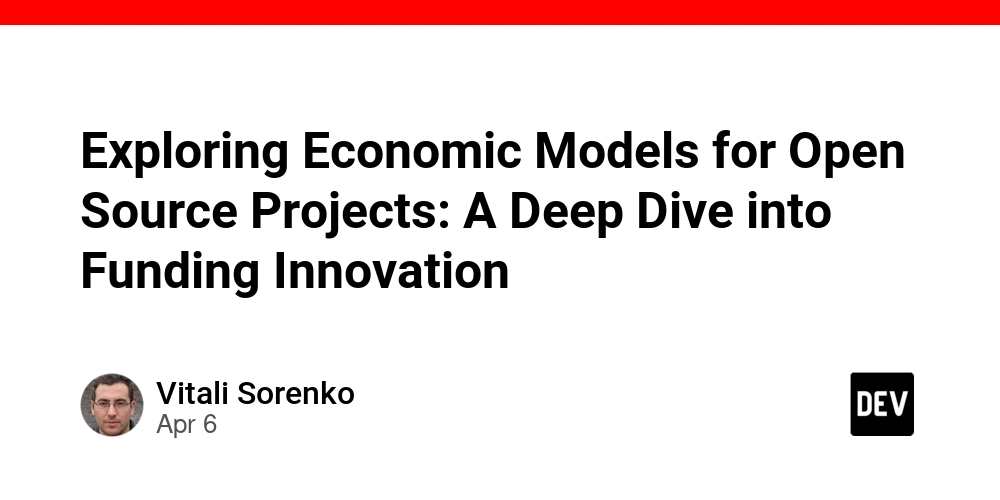
Abstract:
This post offers a comprehensive exploration of the economic models that underlie open source project funding. We revisit the historical evolution of open source development, describe various revenue streams such as donation-based approaches, corporate sponsorships, dual licensing, service-based revenues, and emerging blockchain and NFT monetization. We provide a deep analysis of the core concepts and features of each model, illustrate real-world use cases, examine inherent challenges, and finally outline the future outlook of open source funding. With a blend of technical insight and accessible language, this post is designed to help developers, investors, and enthusiasts navigate the evolving financial ecosystem of open source projects.
Introduction
Open source software (OSS) has transformed the world of software development by embracing principles of transparency, collaboration, and free exchange of ideas. Yet, behind the code and communal development lies an intricate web of economic models that drive sustainability and innovation. This post examines how projects fund themselves through donations, corporate sponsorship, dual licensing, service-based revenues, and even cutting-edge blockchain and NFT-driven monetization. As digital technology evolves, so does the need for sustainable economic strategies that support considerable development while upholding open source ethics.
For more context on this subject, refer to the Exploring Economic Models for Open Source Projects article.
Background and Context
Historical Evolution
Open source software emerged from the free software movement of the 1980s with pioneers who envisioned software as a shared resource—accessible to all and enhanced through collaboration. Initially driven by volunteers and a community spirit, these projects struggled with funding sustainability. Over the decades, as companies began to rely on open source to power their products, the need for robust financial models became obvious. This evolution gave birth to several commercialization techniques that maintain OSS without compromising its open ethos.
Definitions and Ecosystem
- Open Source Software (OSS): Software with publicly available source code that anyone can study, modify, and distribute.
- Economic Models: The structured financial strategies that sustain OSS, including donation-based funding, corporate sponsorships, dual licensing, service-driven revenue, and decentralized funding through blockchain and NFTs.
Central to this ecosystem are the licensing frameworks described in the Copyleft Licenses Ultimate Guide. Such licenses not only protect intellectual property but also provide a legal backbone that enables alternative revenue streams while ensuring community collaboration.
Core Concepts and Features
In this section, we detail the prominent funding strategies, highlighting their characteristics, benefits, and challenges.
1. Donation and Crowdfunding Models
Features:
- Transparency: Donations are usually visible to the community, building trust.
- Community-Driven: Funding relies on the passion and participation of users.
- Variable Income: Revenues fluctuate based on community sentiment and external factors.
Platforms (for example, GitHub Sponsors, Patreon, and OpenCollective) have modernized this model to make it easier for contributors to support their favorite projects. These donation-based models embody the OSS spirit, empowering countless projects through micro-contributions that add up over time.
2. Corporate Sponsorships and Partnerships
Features:
- Stable Revenue: Recurring corporate contributions provide a financial foundation.
- Mutual Benefit: Corporations sponsor OSS projects that are critical to their business.
- Influence Risks: Heavy corporate involvement might risk shifting project priorities.
Large projects, such as the Linux kernel, thrive on sponsorship from tech giants like IBM, Google, and Intel. Their investments both stabilize the project and drive innovation, making this a critical economic strategy.
3. Dual Licensing
Features:
- Broad Accessibility: The software is available under an open source license for community users.
- Commercial Viability: Companies can purchase proprietary licenses for advanced features and support.
- Legal Complexities: Maintaining two licensing strategies requires strict compliance and clear documentation.
Projects like MySQL have set a benchmark by offering a free core product alongside commercial licenses. Dual licensing effectively balances community trust with commercial sustainability.
4. Service-Based and Product Models
Features:
- Recurring Revenue: Provides stable, ongoing income through support, consulting, and premium services.
- Enhanced User Engagement: By offering extended services like cloud hosting and premium add-ons, projects can widen their revenue base.
- Market Demand Dependency: Success relies on strong market interest in the extended services.
Companies such as Red Hat have monetized their OSS projects by offering training, consulting, and dedicated support, thereby ensuring both technical excellence and business viability.
5. Blockchain and NFT-Driven Funding
Features:
- Decentralized Funding: Blockchain technology allows for transparent, immutable records of contributions.
- Tokenization: NFTs provide digital rewards that may appreciate in value, incentivizing continued participation.
- Emerging Technology Risks: Regulatory uncertainty and security considerations must be addressed.
The integration of blockchain technology provides novel avenues for revenue. For a detailed overview of blockchain’s role in open source funding, check out resources like the News AI News Q1 2025 and KI Trends Deutschland 2025 Q1.
Comparison Table of Economic Models
| Model | Key Revenue Source | Primary Benefits | Limitations |
|---|---|---|---|
| Donations/Crowdfunding | Voluntary contributions | Community-driven, transparent | Inconsistent income, seasonal fluctuations |
| Corporate Sponsorship | Recurring corporate funds | Stable revenue, enhanced reputation | Potential bias in project direction |
| Dual Licensing | Free OSS with commercial licenses | Broad adoption with commercial incentive | Legal complexities, dual compliance challenges |
| Service/Product-Based | Consulting, support, add-ons | Recurring revenue, scalability | Needs strong market demand for premium services |
| Blockchain/NFT Funding | Tokenization and NFT sales | New revenue streams, secured transparency | Regulatory and technological uncertainties |
Applications and Use Cases
Real-World Example 1: Donation-Driven Projects
Smaller OSS projects and niche developer tools can thrive on donations. By leveraging platforms like GitHub Sponsors and OpenCollective, these projects gather micro-donations from a dedicated user base. For instance, cybersecurity libraries and data visualization tools have relied on steady contributions to maintain and upgrade their code base without a heavy commercial push. The outcome is an empowered community that directly fuels innovation.
Real-World Example 2: Corporate Sponsorship in Enterprise Software
Consider large-scale initiatives like the Linux kernel or Red Hat Enterprise Linux. Corporations invest in these projects to secure high-quality, secure, and innovative technology that underpins their business infrastructure. This corporate sponsorship model aligns corporate interests with open source development, yielding stable revenues and continuous enhancements to the software.
Real-World Example 3: Dual Licensing and NFT-Driven Models
A more modern use case emerges with the dual licensing model combined with NFT incentives. Here, projects offer free core functionality to the community while charging enterprises for advanced features. Additionally, contributors may receive NFTs that symbolize their stake or maintain reputation within the community. Startups adopting this hybrid model report enhanced community loyalty and new streams of decentralized funding—a promising strategy for aligning open source ideals with cutting-edge monetization techniques.
Other platforms and tools that facilitate these models include:
- GitHub Sponsors
- Patreon and OpenCollective
- Blockchain-based platforms for NFT monetization
Challenges and Limitations
Despite the innovation of these economic models, several challenges remain.
Financial and Market Inconsistencies
- Variable Funding: Donation-based and crowdfunding models are inherently inconsistent as they rely heavily on community goodwill.
- Overreliance: Projects depending solely on corporate sponsorship may face pressure to align with their sponsor’s agendas, potentially compromising community interests.
- Seasonal Fluctuations: Funding levels can vary with economic cycles, making long-term planning difficult.
Legal and Licensing Complexities
- Dual Licensing Challenges: Maintaining two licensing frameworks concurrently can lead to compliance issues and legal pitfalls. For more insights into licensing issues, see the Copyleft Licenses Ultimate Guide.
- Intellectual Property Risks: The balance between open freedom and commercial control is delicate, with strict licensing requirements at the forefront.
Technological and Regulatory Hurdles
- Blockchain Integration: Although promising, blockchain-based funding must navigate regulatory uncertainties and potential security vulnerabilities.
- Adoption Barriers: Smaller projects may struggle to integrate advanced models due to limited technical expertise or lack of infrastructure.
- Privacy Concerns: As projects scale, issues of user data privacy become critical, emphasizing the need for robust standards such as those outlined in Firefox Data Sharing Privacy.
Community Governance and Strategic Risks
- Fragmented Governance: Open source projects often involve contributors from different corners of the world. This diversity can lead to challenges in reaching consensus on institutional changes.
- Unequal Contribution Recognition: Maintaining fairness and recognizing contributions both financially and non-financially remains a persistent challenge.
Future Outlook and Innovations
Embracing Decentralized Funding
Blockchain and NFTs are set to dramatically change how OSS projects are funded. By incorporating decentralized governance, projects can enhance transparency and create robust audit trails that underpin financial credibility. Key features expected to drive the future include:
- Decentralized Governance: Community members may participate in decision-making through tokenized voting systems.
- NFT Incentivization: NFTs will not only serve as digital mementos but also as tradable assets representing contributions.
Integration with Artificial Intelligence
Artificial Intelligence (AI) is rapidly permeating the tech sphere, and its contributions to optimizing funding models cannot be ignored. AI-enhanced crowdfunding platforms could predict donation trends and streamline contributor engagement, ensuring that OSS projects receive steady support. Automated governance systems may emerge to monitor technical debts and prioritize project roadmaps.
Hybrid Economic Models
The future likely lies in hybrid models that combine multiple funding strategies. For example:
- Combining Sponsorship with Service-Based Revenue: This diversification reduces reliance on a single income source.
- Integrating Blockchain with Traditional Models: Incorporating both direct donations and token-based rewards can yield more sustained, transparent funding.
- Enhanced Community Feedback: New digital tools will enable tighter integration between community input and financial planning.
Global and Regulatory Trends
The evolution of international regulations will affect the adoption of innovative funding models for open source projects. Future changes in intellectual property laws and financial regulations may lead to increased support for decentralized models, further aligning the interests of all stakeholders in the open source ecosystem.
Summary
Open source projects continue to drive global digital innovation. Behind the scenes, a variety of economic models sustain these projects—from donation-based funding and corporate sponsorships to dual licensing and blockchain/NFT monetization. Each model offers unique benefits and addresses specific challenges, proving that sustainability in OSS need not come at the expense of openness.
Key insights include:
- Transparency and Community Engagement: Vital to encourage consistent funding.
- Legal and Regulatory Compliance: Critical when maintaining dual licensing frameworks.
- Innovation in Decentralized Funding: The rise of blockchain and NFT-based models signals a promising new era for OSS sustainability.
- Hybrid Approaches: Combining multiple models may offer the best path forward in an ever-evolving economic and regulatory landscape.
By understanding these models and their strategic applications, developers and investors alike can contribute to a vibrant and sustainable open source ecosystem that supports continuous innovation and community empowerment.
Additional Resources
For those looking to explore further, here are some valuable links:
- Copyleft Licenses Ultimate Guide
- Firefox Data Sharing Privacy
- News AI News Q1 2025
- KI Trends Deutschland 2025 Q1
- Berita NFT Indonesia 2025 Q1
For more insights from our developer community, consider reading:
- Gitcoin: Pioneering Open Source Innovation
- A Comprehensive Guide to Thanking GitHub Sponsors
- How to Apply for Gitcoin Grants – A Comprehensive Guide
Key Takeaways
- Economic Models in OSS: Ranging from community-driven donations to advanced blockchain funding, each model offers distinct advantages and challenges.
- Hybrid Approaches: Combining different funding modes can mitigate risks and create more resilient financial structures.
- Future Trends: The integration of AI, blockchain, and decentralized governance promises to redefine how open source projects are sustained.
- Community and Legal Balance: Success lies in balancing open collaboration with robust legal frameworks to ensure long-term sustainability.
In conclusion, the future of open source innovation depends on continuously evolving economic models that drive sustainability while preserving the core values of openness and collaboration. By keeping pace with technological trends and regulatory changes, the OSS community can unlock new paths to financial independence and creative excellence. Embrace these strategies, contribute actively, and become part of the transformative force fueling the next generation of open source projects.








































































































































































![[The AI Show Episode 143]: ChatGPT Revenue Surge, New AGI Timelines, Amazon’s AI Agent, Claude for Education, Model Context Protocol & LLMs Pass the Turing Test](https://www.marketingaiinstitute.com/hubfs/ep%20143%20cover.png)



















































































































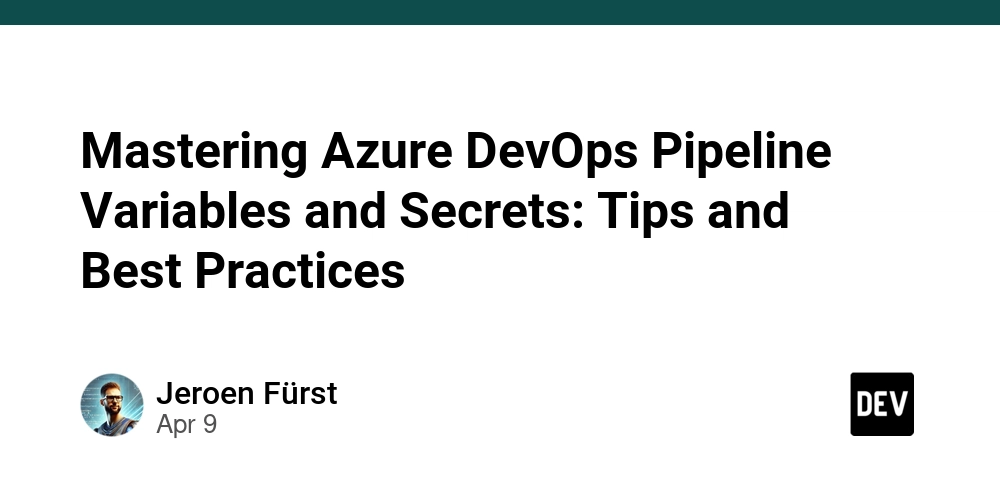

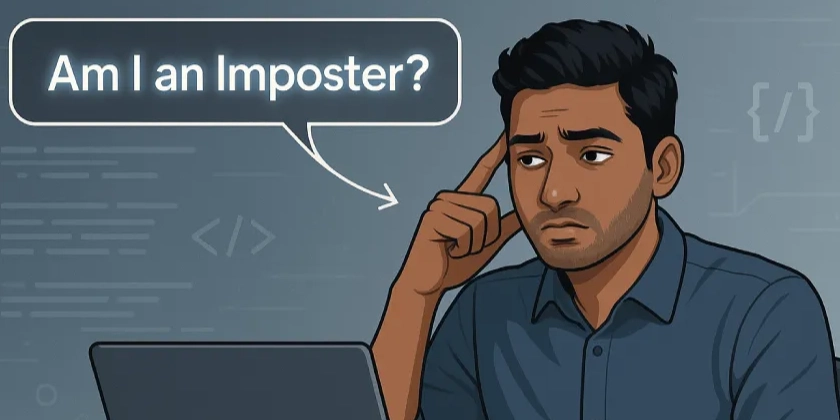













![From drop-out to software architect with Jason Lengstorf [Podcast #167]](https://cdn.hashnode.com/res/hashnode/image/upload/v1743796461357/f3d19cd7-e6f5-4d7c-8bfc-eb974bc8da68.png?#)








































































































.jpg?#)
































_ArtemisDiana_Alamy.jpg?#)


 (1).webp?#)






































































-xl.jpg)











![Yes, the Gemini icon is now bigger and brighter on Android [U]](https://i0.wp.com/9to5google.com/wp-content/uploads/sites/4/2025/02/Gemini-on-Galaxy-S25.jpg?resize=1200%2C628&quality=82&strip=all&ssl=1)










![Apple Rushes Five Planes of iPhones to US Ahead of New Tariffs [Report]](https://www.iclarified.com/images/news/96967/96967/96967-640.jpg)
![Apple Vision Pro 2 Allegedly in Production Ahead of 2025 Launch [Rumor]](https://www.iclarified.com/images/news/96965/96965/96965-640.jpg)





























































































































